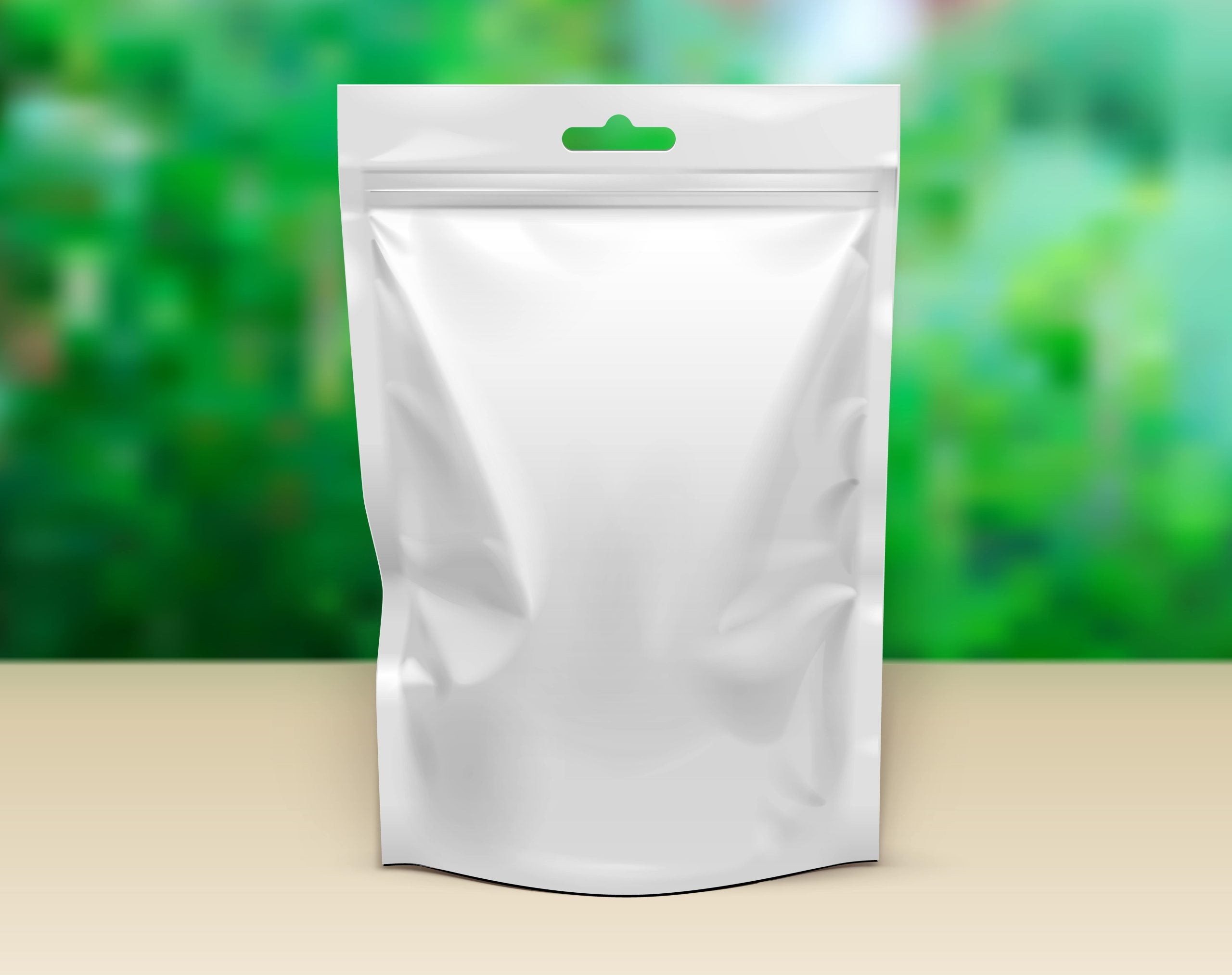
Flexible packaging stands out as a versatile solution that offers a myriad of benefits to both manufacturers and consumers alike.
The global flexible packaging market size will be valued at $112.4bn in 2023 and is expected to grow at a compound annual growth rate (CAGR) of 4.1% during 2023-2030.
At its core, flexible packaging is a package or container constructed from materials that easily yield to pressure and can swiftly change in shape when filled or sealed.
This transformative packaging approach has gained recognition and popularity for several compelling reasons.
One of the most striking features of flexible packaging is its lightweight nature. Unlike traditional rigid containers, flexible packaging materials are notably lighter, resulting in reduced transportation costs and environmental benefits.
This reduction in weight not only makes transportation more efficient but also decreases carbon emissions, contributing to a greener planet.
Furthermore, flexible packaging boasts exceptional durability. Whether it’s protecting delicate medical supplies, ensuring the freshness of food products, or safeguarding lawn and garden items, flexible packaging materials are designed to withstand the rigors of modern life.
This durability not only prevents product damage but also minimises waste by ensuring that the contents reach consumers intact.
Versatile applications across industries
The versatility of flexible packaging knows no bounds. Over the past couple of decades, its use has grown exponentially, extending across an array of industries.
From the standpoint of the food industry, flexible packaging plays a pivotal role in preserving the freshness and quality of both fresh and frozen goods. The ability to provide an airtight seal ensures that products stay free from contaminants and retain their flavour, aroma, and nutritional value.
In addition to its role in food packaging, flexible packaging is also a key player in other sectors. From dry goods to medical products and liquid items, its adaptability knows no bounds.
This adaptability allows manufacturers to select packaging solutions that perfectly match the needs of their products, ensuring they reach consumers in their intended condition.
The flexibility of flexible packaging isn’t limited to its physical attributes. It also extends to the range of options available for customization.
Manufacturers can choose from a variety of materials, printing techniques, and closure mechanisms to create packaging that not only protects the product but also acts as a powerful marketing tool.
With vibrant graphics and eye-catching designs, flexible packaging can make products stand out on store shelves, ultimately influencing purchasing decisions.
Embracing sustainability in packaging
In a world increasingly conscious of environmental concerns, sustainable packaging solutions have become a top priority for both manufacturers and consumers.
Flexible packaging is making significant strides in this arena, thanks to its inherently eco-friendly attributes.
One of the key ways in which flexible packaging contributes to sustainability is through its ability to minimize waste. Traditional rigid packaging often generates more waste due to its bulk and inflexibility.
In contrast, flexible packaging can be designed to fit the product snugly, minimizing the use of excess materials. Additionally, its lightweight construction results in fewer materials used overall, further reducing environmental impact.
Another noteworthy feature of flexible packaging is its efficiency in extending the shelf-life of food products. By creating an airtight seal and protecting against external factors like moisture and oxygen, flexible packaging helps keep perishable items fresher for longer periods.
This not only reduces food waste but also allows consumers to enjoy products for an extended time, making it a win-win for both sustainability and consumer satisfaction.
Moreover, the resource efficiency of flexible packaging cannot be overstated. The materials used in its construction often require fewer resources to produce compared to traditional packaging materials.
Additionally, its lightweight design leads to reduced transportation emissions, contributing to a lower carbon footprint for both manufacturers and consumers.
As the world seeks more sustainable packaging solutions, flexible packaging is emerging as a frontrunner in the packaging industry. Its ability to minimize waste, extend the life of perishable items, and reduce transportation emissions aligns perfectly with the growing demand for eco-conscious options.
The bottom line
Flexible packaging, with its lightweight, durable, and adaptable design, is reshaping the packaging industry as we know it.
From its versatile applications across various industries to its contribution to environmental sustainability, flexible packaging continues to gain prominence.
In a world where packaging solutions play a crucial role in minimizing waste and reducing environmental impact, flexible packaging stands as a testament to innovation.
Its ability to meet the diverse needs of manufacturers while promoting sustainability makes it a formidable contender in the packaging arena.
As consumers and manufacturers increasingly prioritize eco-conscious choices, flexible packaging is poised to play an even more significant role in advancing a greener, more sustainable future for the packaging industry.
With its multitude of benefits and growing adoption, the flexible packaging revolution is here to stay, promising a brighter and more environmentally friendly tomorrow.



